|
Antoinette Badenhorst and David Voorhees, both professional potters and teachers at TeachinArt show how to make plaster wheel bats for the pottery wheel. This demonstration was presented during the recording of David's e-course Porcelain Tips For Wheel Pottery at the studio of Antoinette in Saltillo Mississippi.
Mima Boskov from South Africa plaster bats
Mima Boskov is a South African potter who completed the Understanding Porcelain e-course of Antoinette Badenhorst at Teachinart.
She learned in the online workshop how to make a plaster bat for her pottery wheel and then she decided to create her own version of the plaster bat. That is why TeachinArt is a platform for Artists who teach Artists. Mima is a typical example of one of the success stories of online teaching. Here is Mima's explanation in her own words. I took up pottery a few years ago, in an attempt to discover my Creative Self, liberate the Inner Child, find the Artist Within - ah, you've heard it all before: mid-life crisis and how to solve it... I've been wedging, throwing, despairing, buying books, Googling and reading articles with genuine passion ever since. I'm still waiting for the Artist, but I've revealed a determined Artisan Within, and sure have hatched an Inner Gyro Gearloose (for the younger among us, that's the whacky inventor from Donald Duck cartoons). The hatchling grew out of my frustration with relatively poor choice of pottery tools in South Africa: no Mudtools, no Griffin Grip, no Strongarm centering tool, no plaster bat mold systems... So many tempting goodies that one can glimpse on internet pages, but can't source locally. Ordering online involves shipping and import duties, and the price becomes extravagant. There is an Afrikaans saying in my country: "'n Boer maak 'n plan". It literally means "the farmer makes a plan", but is used when lateral thinking helps one find a novel and ingenious way of surmounting an obstacle. I realized that being the Boer with 'n plan and making my own pottery tools gives me almost as much pleasure and sense of achievement as making pots. We needed plaster bats for the Understanding Porcelain course. I had been trying to develop a plaster bat system for my wheel for a while, and a detail from Antoinette's drawing made everything click together.
Mima Boskov is a South African potter who completed the Understanding Porcelain e-course of Antoinette Badenhorst at Teachinart.
She learned in the online workshop how to make a plaster bat for her pottery wheel and then she decided to create her own version of the plaster bat. That is why TeachinArt is a platform for Artists who teach Artists. Mima is a typical example of one of the success stories of online teaching. Here is Mima's explanation in her own words. I took up pottery a few years ago, in an attempt to discover my Creative Self, liberate the Inner Child, find the Artist Within - ah, you've heard it all before: mid-life crisis and how to solve it... I've been wedging, throwing, despairing, buying books, Googling and reading articles with genuine passion ever since. I'm still waiting for the Artist, but I've revealed a determined Artisan Within, and sure have hatched an Inner Gyro Gearloose (for the younger among us, that's the whacky inventor from Donald Duck cartoons). The hatchling grew out of my frustration with relatively poor choice of pottery tools in South Africa: no Mudtools, no Griffin Grip, no Strongarm centering tool, no plaster bat mold systems... So many tempting goodies that one can glimpse on internet pages, but can't source locally. Ordering online involves shipping and import duties, and the price becomes extravagant. There is an Afrikaans saying in my country: 'n Boer maak 'n plan. It literally means "the farmer makes a plan", but is used when lateral thinking helps one find a novel and ingenious way of surmounting an obstacle. I realized that being the Boer with 'n plan and making my own pottery tools gives me almost as much pleasure and sense of achievement as making pots. We needed plaster bats for the Understanding Porcelain course. I had been trying to develop a plaster bat system for my wheel for a while, and a detail from Antoinette's drawing made everything click together.
In another half hour, plaster can be taken off the plastic bat, using a thin spatula. After removing the dowels, the rubber grommets stay safely embedded in the underside of the bat, so the whole thing can be attached to the wheel head pins, and reused many times without damaging the plaster. A thin rubber mat on the wheel head helps secure the bat
Tags:
#potterywheel #wheelthrowing #wheelbats #teachinart #teachingpottery #ceramicschool #teachingpottery
2 Comments
3/10/2021 07:10:51 pm
Thank you very much! This is clearly explained and very do-able. I am grateful for such resourceful people!
Reply
3/10/2021 09:20:55 pm
Nancy, thank yo for your comments. TeachinArt wants to support artists and push them to reach the top of their own goals.
Reply
Your comment will be posted after it is approved.
Leave a Reply. |
AuthorTeachinArt is an online art school with professional artists as instructors who educate, enridge and promote art. Categories
All
|

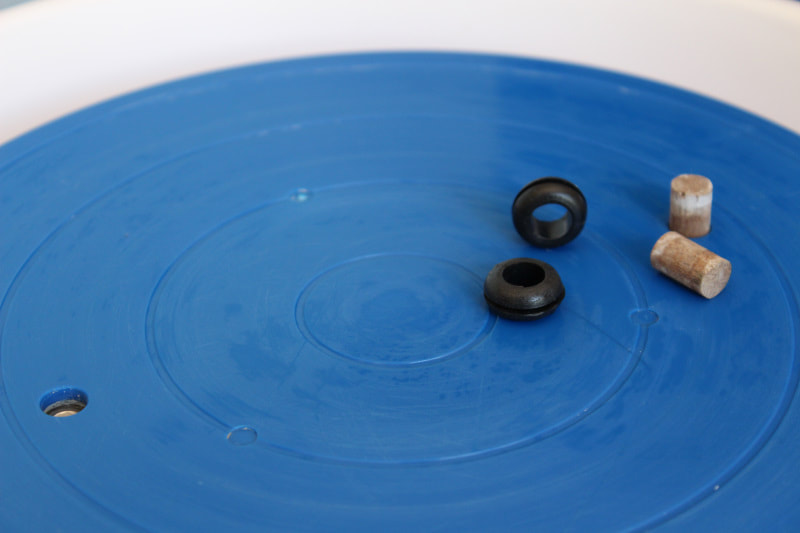
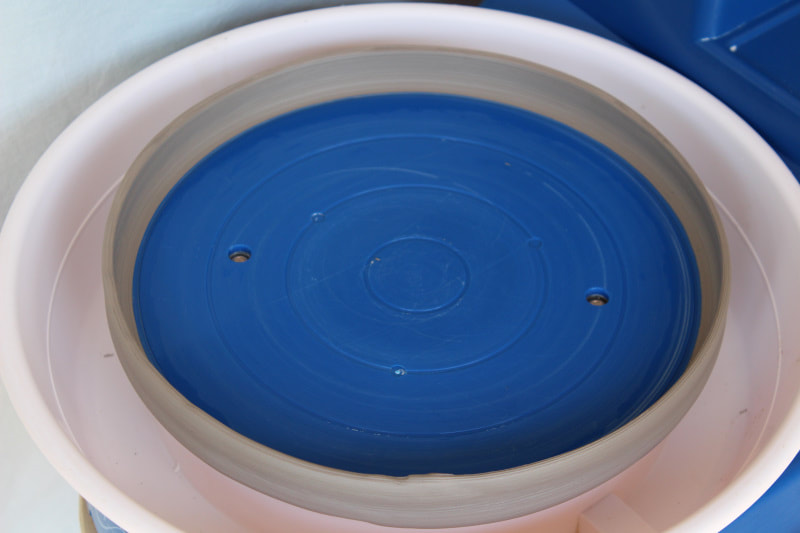
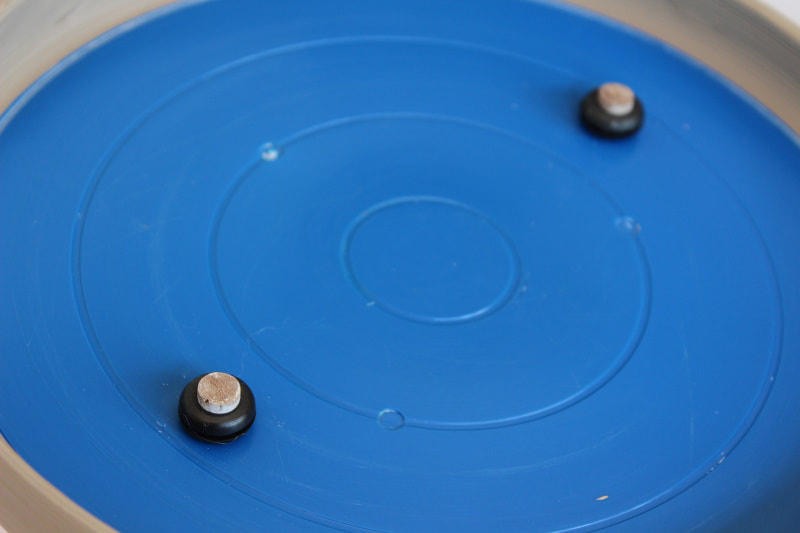
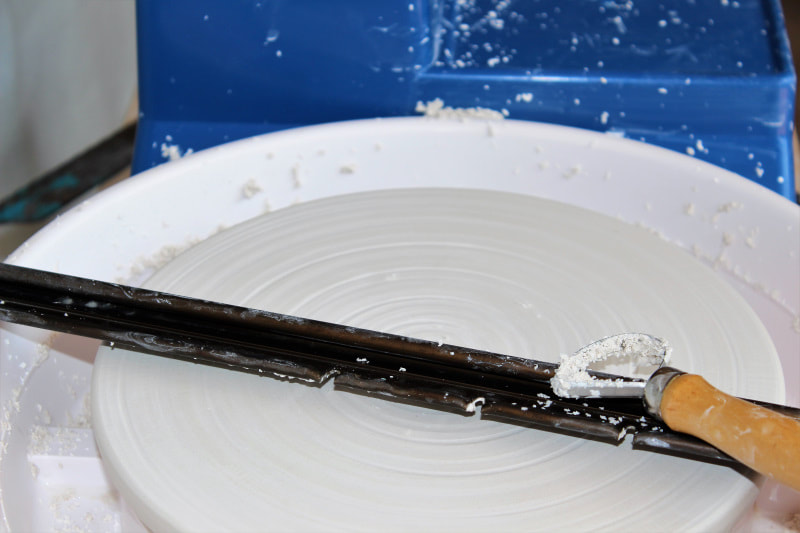
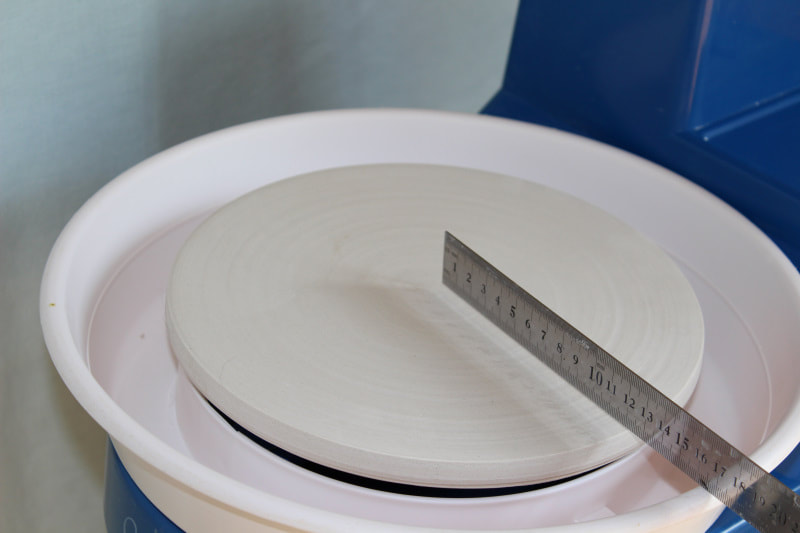
 RSS Feed
RSS Feed